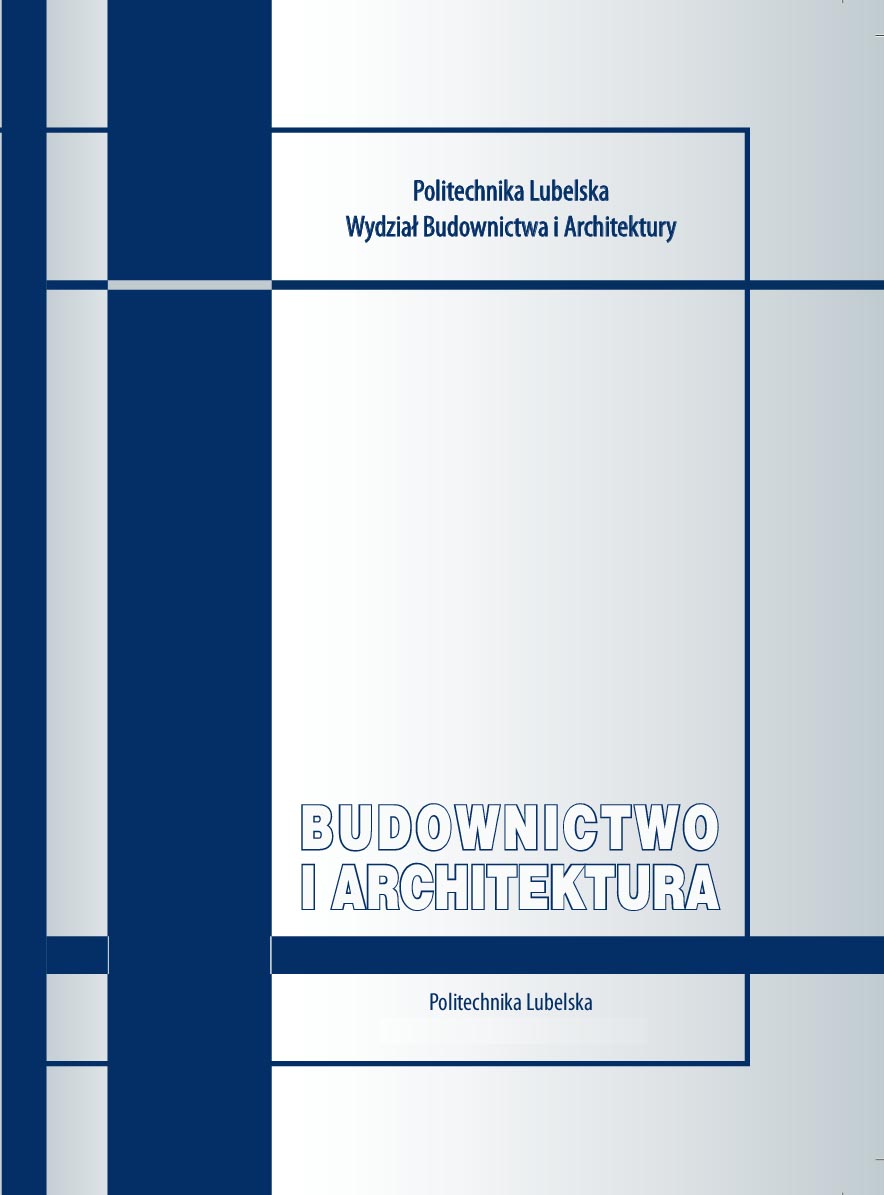Author(s): Marijus Pileckas,Gražina Žiliūtė / Language(s): Lithuanian
Issue: -/2020
Depth measurements of Lake Tapeliai (located in Vilnius, Lithuania) were taken in February 2019. At the same time, the shoreline of the lake was revised. Measurements were made from ice in 767 spots. Depth measurement accuracy up to 0,05 m, accuracy of spot coordinates and water surface elevation measurement using GNSS device Topcon Hiper SR up to 1–2 cm. Later, a detailed (1 x 1 m) digital lake bottom model (DEM) was developed, a bathymetric plan of the lake was created, the main morphometric features were calculated, the boundaries and area of the lake catchment were adjusted, and the physical-geographical characteristics of the lake and its catchment were examined based on various data. Morphometric features of Lake Tapeliai measured and calculated in 2019 are as follows: coordinates of mean center 54.774378, 25.4468 (WGS), water surface elevation 136.48 m (in Height System LAS07 of Lithuania), surface area 13.14 ha, shoreline length 1689 m, maximum length 687 m, maximum width 295 m, mean width 191 m, shoreline development 1.31, maximum depth 9.45, mean depth 4.36, volume 573.8 thousands m3, mean width of littoral zone 17,4 m, catchment area (including the lake itself) 2,93 km2. Lake Tapeliai catchment is located in the moraine and limnoglacial plains of Vilija, it is characterized by a rather diverse relief, which consists of a section of Tapeliai glacial tunnel valley, limnoglacial and fliuvioglacial plains, aeolian landforms and moraine hills. Average annual precipitation is ~686 mm. Significant portion (45 %) of the annual precipitation replenishes the lake, mostly through groundwater discharge. Water residence time in the Lake Tapeliai is 0.63 years. Lake Tapeliai covers 4.5 % of the catchment area. Forests cover as much as 79.4 % of the catchment area, pine forests predominate (82.3 %). Built-up areas occupy 11.3 % of the catchment area. The predominantly sandy soils in the catchment area result in abundant groundwater inseeping, which is reflected in the springs found at the bottom of the lake. Abundant groundwater inseeping also reduces lake water level fluctuations, whose estimated amplitude from June 2018 to May 2020 reached just 21 cm.
More...













